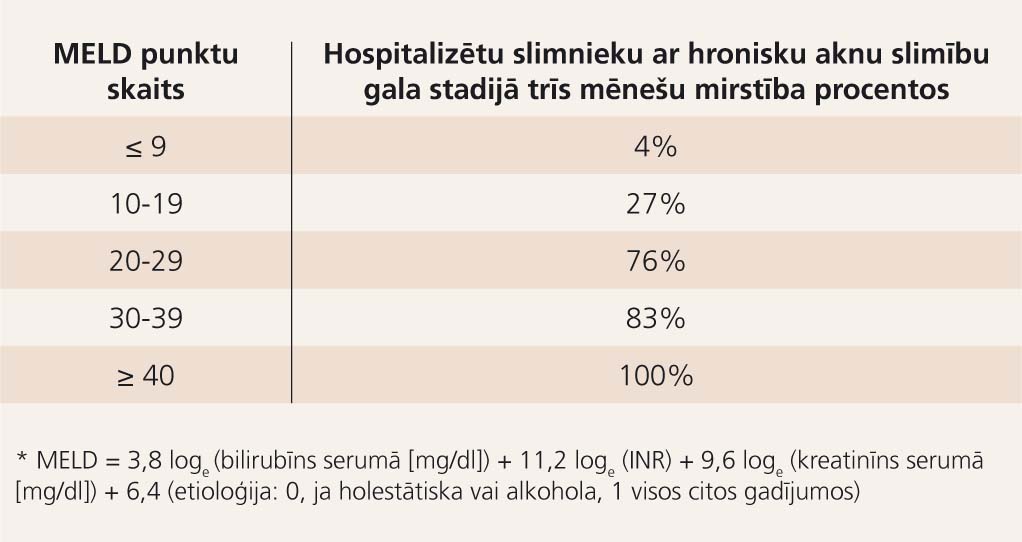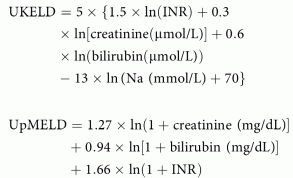

Kim talks about his personal connection with liver disease, important nuance inherent to the new formula, and where MELD may fall short-both currently and in the future. Ray Kim, Chief of the Division of Gastroenterology and Hepatology at Stanford University, to discuss his group's latest permutation of the MELD formula, updated for the modern era. The number is calculated by a formula using three routine lab test results: bilirubin, INR and creatinine. cirrhosis and are undergoing surgery (abdominal, orthopedic, cardiac, etc.Adam and Alex start by discussing the new LFN initiative: the Workroom-an online community for trainees in GI and hepatology. The Model for End-Stage Liver Disease (MELD) The score is based on how urgently you will need a liver transplant within the next three months.By contrast, the MELD score for most patients having LDLT at the PTI is <15. Consider using MELD score to assess mortality in patients with acute liver failure or acute variceal bleedingĬalculate MELD scores for patients who have: Figure 3: At the Penn Transplant Institute, the MELD score for 89 of patients having DDLT is between 20 and 40.Consider referral for liver transplantation in patients with MELD score of 10 or higher.Calculate a MELD score every 3-6 months in all patients with cirrhosis to repeatedly assess their score.Therefore, patients with these conditions may receive additional MELD points when listed for liver transplantation The MELD score does not accurately predict survival in all patients with cirrhosis conditions such as liver cancer, hepatopulmonary syndrome, and portopulmonary hypertension, are associated with a higher mortality rate than MELD score would reflect.Uses creatinine, bilirubin, and INR measurements later, hyponatremia (Na concentration of 125-140 mEq/L) was found to be an independent predictor of mortality in patients with cirrhosis and Na levels were added to the MELD score calculationīecame the standard for organ allocation for liver transplantation in January 2016 the modified MELD calculator, called MELD-Na, takes into account Na values of 125-137 Indeed, the difference between estimated glomerular filtration rate (eGFR) calculated with the Modification of Diet for Renal Disease (MDRD) formula and the.

MELD scores range from 6 to 40 the higher the score, the higher the 3-month mortality related to liver disease.The score can be calculated on handheld computing devices, and is available at When the model was initially created the etiology of cirrhosis was also included. Model for End-Stage Liver Disease (MELD) score is a prognostic scoring system, based on laboratory parameters, used to predict 3-month mortality due to liver disease The original mathematical formula for MELD is: MELD 9.57 × log e (creatinine) + 3.78 × Log e (total bilirubin) + 11.2 × Log e (INR) + 6.43.
Meld formula software#


 0 kommentar(er)
0 kommentar(er)
